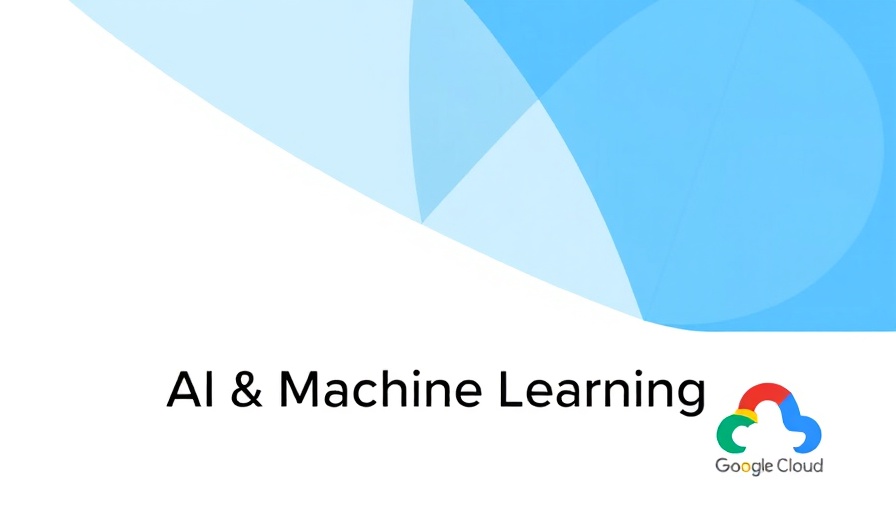
Transforming Document Processing with Gemini 2.0
In the fast-paced world of technology, document processing has often lagged behind, burdened by slow and cost-prohibitive manual methods. However, the launch of Gemini 2.0 by Google DeepMind is set to revolutionize how businesses handle document extraction, leveraging the power of artificial intelligence (AI) and machine learning to provide rapid and efficient solutions.
The Power of Modular Extraction
One of the most significant advancements with Gemini 2.0 is its modular extraction capability. Instead of using a one-size-fits-all prompt for data extraction, Gemini 2.0 allows users to break down tasks into smaller, targeted prompts. This multi-step architecture not only enhances accuracy but also reduces the cognitive burden on language models (LLMs). By focusing on specific content locations within documents, Gemini can yield more reliable and structured outputs, improving overall data integrity.
Externalized Rules for Enhanced Flexibility
Another standout feature of Gemini 2.0 is its approach to externalized rule management. By storing rules in user-friendly platforms like Google Sheets or BigQuery, organizations gain agile control over the extraction process. This decoupling of extraction and processing logic allows for greater flexibility and version control, ensuring that businesses can adapt their extraction rules without overhauling entire systems.
Practical Implementation Steps
Businesses eager to implement these powerful features can follow a straightforward three-step approach:
- Extraction: Using a well-defined prompt, businesses can extract critical data from documents like corporate reports, invoices, or forms.
- Validation: After extraction, the data is fed into a rules engine, which analyzes the information against predefined validation rules.
- Integration: Finally, the insights generated can seamlessly integrate into existing workflows, enabling automation and real-time data usage.
Unlocking Efficiency and Cost Benefits
By utilizing Gemini 2.0 for document extraction, organizations can not only speed up the processing of their documents but also cut costs significantly. The ability to convert PDFs into structured data means that businesses can automate previously manual processes, leading to increased productivity and efficiency. Moreover, with Gemini’s price structure, which starts at merely $0.10 per 1 million tokens used, cost-efficiency is at an all-time high.
Future Predictions: Where is Gemini 2.0 Taking Us?
The future implications of upgrades like Gemini 2.0 are immense. As AI continues to evolve, we can predict even more sophisticated data extraction techniques. Businesses may find themselves relying less on human intervention, allowing AI systems to independently manage vast volumes of documentation, summarizing findings, and generating actionable insights almost instantaneously.
Getting Started with Gemini 2.0
If you're interested in leveraging Gemini 2.0 for your document processing needs, begin by exploring the various tutorials available for document understanding. Tools for controlled prompting and practical guides on creating tailored extraction models can help you maximize the benefits of this technology.
In summary, Gemini 2.0 represents a paradigm shift in document processing, merging AI capabilities with structured outputs to create a seamless, efficient, and cost-effective workflow. Embrace these advancements today to stay ahead in the ever-competitive tech landscape.
 Add Row
Add Row  Add
Add 




Write A Comment